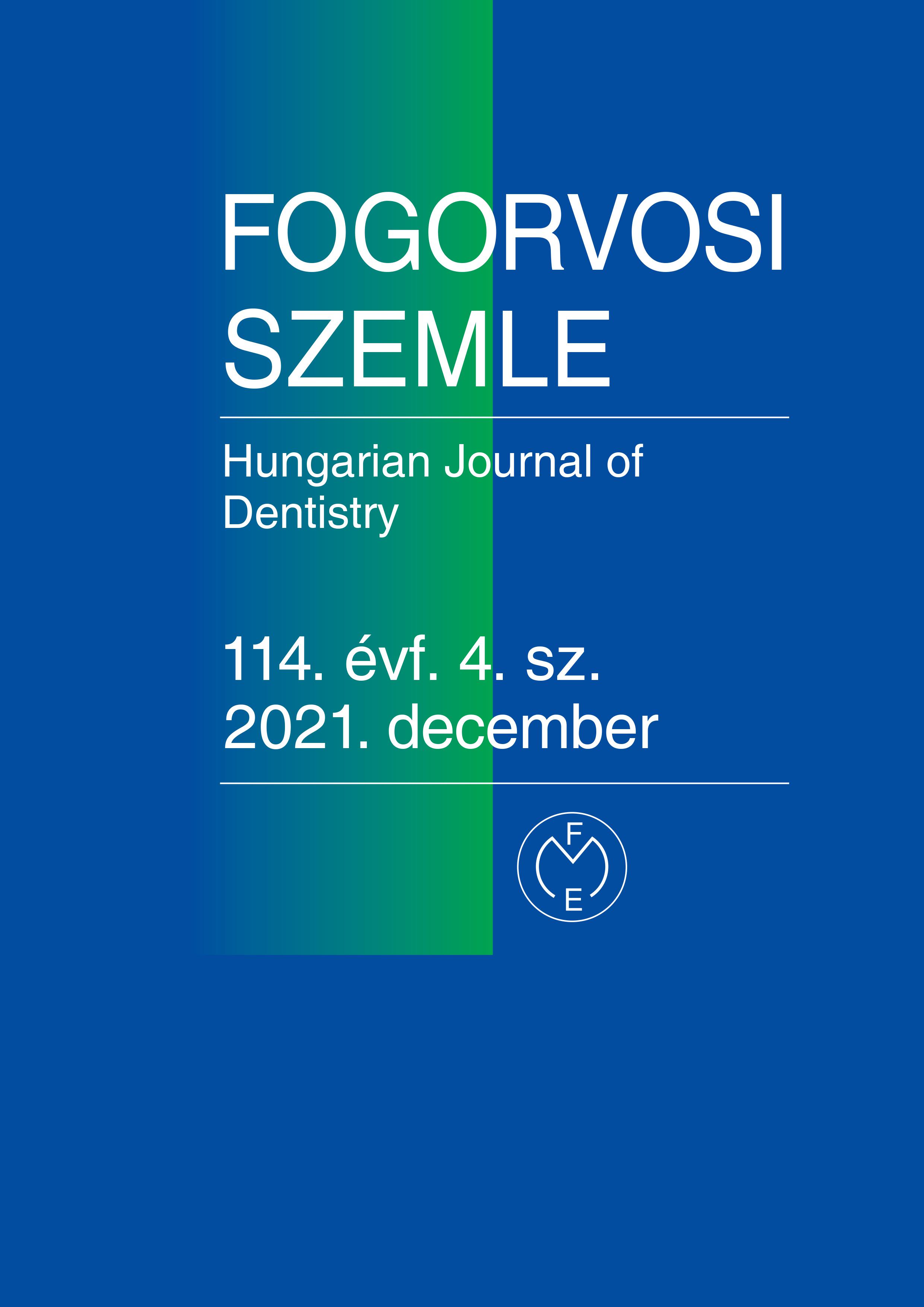Three-dimensional changes of the facial soft tissue after bimaxillary surgery of skeletal class III patients: a prospective study
Abstract
Soft tissue adaptation and contours are of paramount importance in the design of orthognathic surgeries. The aim of our study was to investigate the use of three-dimensional handheld structured-light scanners for an extensive evaluation of the post-operative soft tissue changes in various morphological regions of the face following the bimaxillary surgery of skeletal class III patients. Our study sample consisted of 12 patients (6 males and 6 females) with mean age of
(22 ± 2.17 years), with skeletal class III malocclusion, all which required bimaxillary osteotomy as the second step of their comprehensive treatment. The three-dimensional facial images were acquired one week before surgery (T0), and thereafter, 6 months after surgery (T1), using a 3D-handheld structured light scanner. Linear and angular measurements were recorded and compared. Three-dimensional deviation analyses were done for the 7 morphological regions of the face. Based on obtained results, we found statistically significant increases in the nasal and the nasal base widths, the nasal tip angle, the upper lip height, and the lower lip angle; significant decreases in the lower lip height and the inter-labial angle were also found. The three-dimensional soft tissue changes after the bimaxillary surgery of skeletal class III patients were observed in majority of the facial regions, with the most significant ones found in the middle third of the face, the nose, and the upper lip areas. These findings must be taken into account during treatment planning.
Copyright (c) 2021 Authors

This work is licensed under a Creative Commons Attribution 4.0 International License.


.png)




1.png)



